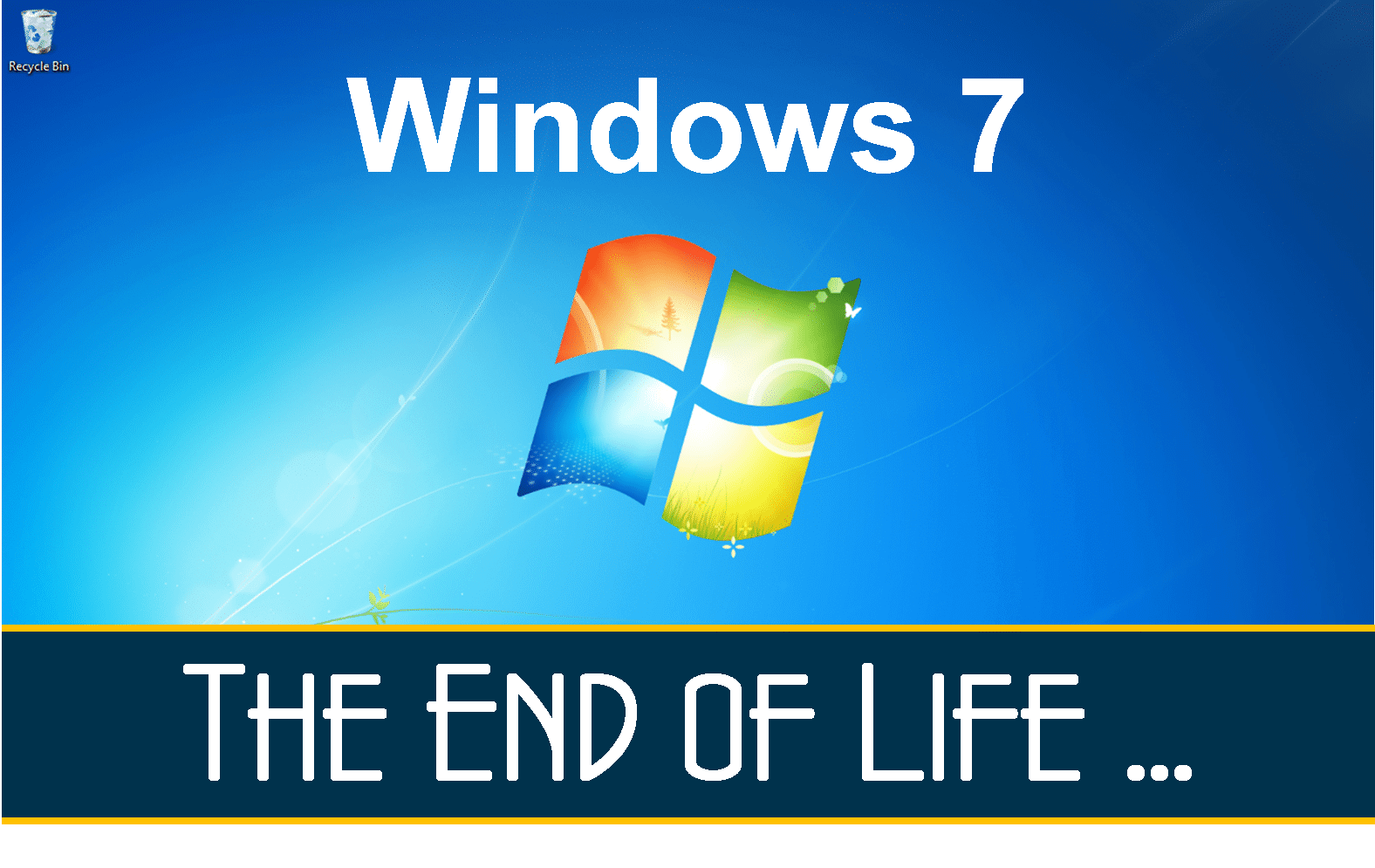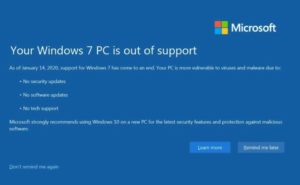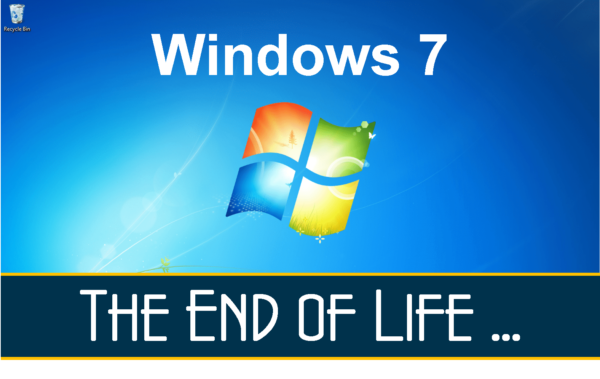
January 14, 2020. Not the most memorable or tragic day in history. Certainly not in the same category as April 15, 1912 or May 6, 1937. But it may well go down as being just as impactful as Aug 4, 2014, which was also a pretty significant day, at least in the business IT world. For you non-history buffs, April 15, 1912 was the day the “unsinkable” Titanic went down, and May 6, 1937 is famous for the Hindenburg disaster. (You can read more about those events here and here.) As for August 4, 2014, that was the day Microsoft officially ended support for Windows XP, meaning there would no longer be security updates, bug fixes, patches or technical assistance available for what had become, especially in the business world, a very popular operating system. And while XP was far from perfect, it had grown into a stable and reliable workhorse.

So, what does this have to do with January 14, 2020? Well, as of January 14, Microsoft has discontinued support for what has now become the latest operating system that most businesses rely on – Windows 7. And, although XP and 7 were (are) significantly different in terms of architecture and user experience, they’re extremely similar in terms of their users’ fondness for them. Perhaps it’s simply due to longevity and a sense of comfort, but many of the users of both of these operating systems who finally did upgrade to newer versions only did so kicking and screaming. And the truth is, many users have still resisted. In fact, according to a report published in July of 2019 by Spiceworks, 32% of businesses still have at least one XP device connected to their network. Right in line with that, the report also showed that even with the end of life deadline looming, as many as 25% of businesses who were still running the majority of their systems on Windows 7 weren’t planning on migrating away from the now vulnerable operating system.
To be honest, I personally still miss XP, heck I still miss Windows 98. As a matter of fact, I delayed upgrading operating systems pretty much at every turn over the years, and it was usually the smart move (can you say Windows Vista?) So I totally understand the hesitance to make a switch. And, if you’re still on 7 now, you’ve already shown you were smart by skipping Windows 8 and 8.1. But honestly, at some point, you have to take the plunge, whether you want to or not. And the fact is, Windows 10 is actually a pretty decent replacement for Windows 7. There are very few compatibility issues with software, and ultimately it provides a fairly similar user experience. Couple that with the real security risks and lack of future Microsoft support that come along with 7’s end of life, and there really isn’t a good reason to hesitate upgrading anymore. Even Intuit, makers of QuickBooks, TurboTax and many other popular apps, is recommending migrating off of Windows 7. Just to be clear, Microsoft is actually offering extended support for Windows 7 (at a price) to certain business and enterprise users, but even that will only delay the inevitable, not stop it completely. The longer the delay, the more likely future compatibility and security issues will arise.
So, the advice here is to go ahead, if you still haven’t made the move to Windows 10, do it now. It may not be everything you’ve always wanted in an operating system, but let’s face it, Windows 7 was just the next best thing after XP went away anyway. Sure, it would be nice if you as the consumer could actually choose the product you want to use, but that’s never really been possible.
Oh, and by the way, Windows Server 2008 and Server 2008 R2, which are ultimately the server versions of Windows 7, are now also passed end of life. And it’s just as critical, if not more, to upgrade to a newer Server OS. Microsoft is recommending migrating to Azure as the “preferred” solution, but if you’d rather keep your servers in-house, you should make the move to newer versions sooner rather than later. Unfortunately, there is no direct upgrade to the most recent Windows server operating systems (Server 2016 and Server 2019.) You’ll have to make a pit stop at Server 2012 first before moving up any further. And you will definitely have to move up. Windows Server 2012 is scheduled for end of life in January of 2023.


